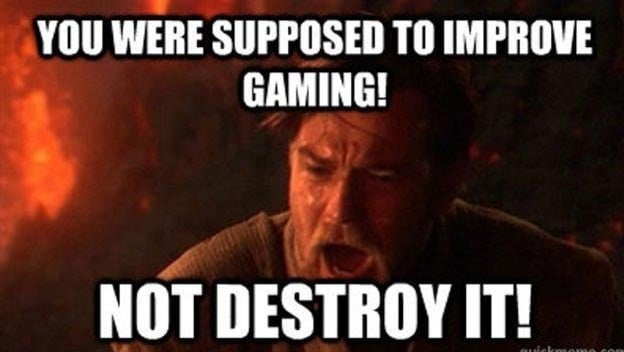Here we go again. Microsoft has made yet another policy reversal. Sadly, you’re probably about as tired of reading about this as I am of writing about it. But, alas, we both find ourselves here, sifting through information from a company who doesn’t seem to know what it wants.
Yesterday, in a Q and A session with IGN, Mark Whitten (chief Xbox One platform architect) stated that the Kinect, which was previously a required piece of hardware for the Xbox One to operate, would not have to be plugged in for the console to function.
Whitten had this to say about Kinect:
“Xbox One is designed to work with Kinect plugged in. It makes gaming better in many ways – from the ability to say ‘Xbox On’ and get right to your personalized homescreen, to the ability to control your TV through voice, Smartglass and more. Kinect allows you to search for your content, instantly move between games and your personalized dash and more with just your voice. Kinect helps you pick up and play by automatically knowing which controller you have in your hands. No more need to interrupt your friends game or navigate through multiple UI screens to sign in and tell the system which controller you are holding. It will even bind the controller to the console if it’s currently unbound – no searching for special buttons! Of course – these are just a few of the system wide benefits of having Kinect. Games use Kinect in a variety of amazing ways from adding voice to control your squad mates to adding lean and other simple controls beyond the controller to full immersive gameplay. That said, like online, the console will still function if Kinect isn’t plugged in, although you won’t be able to use any feature or experience that explicitly uses the sensor.”
This announcement follows several policy reversals from Microsoft since E3, such as the reversal of used-games restrictions and always-online DRM policies. In fact, there have been so many changes that the Xbox One feels like an entirely different system than the one we were introduced to when it was revealed. Has this response to consumer backlash from Microsoft really improved the Xbox One? Or has this caused the Xbox One to degrade into nothing more than a hardware upgrade for the aging Xbox 360?
The answer is probably yes on both accounts. The Xbox One still has the capabilities it has always had, consumers just have the choice of whether to use them or not. And while it may also be true that the Xbox One is, in essence, a hardware upgrade and redesign for the Xbox 360, it does move the console into the next-generation in terms of capability. Without that, the technology would stagnate and die.
But the really disturbing thing about all of this is how Microsoft has so effortlessly changed such major features in its console in such a short period of time. Can we really believe anything the company says at this point? If its recent track record is any indication, then the answer is surely no.

Now that the Kinect is no longer a requirement, can we expect to see a version of the Xbox One without the Kinect? This would definitely make sense, considering the $100 price difference between the Xbox One and the PlayStation 4. Given the choice of two almost identical systems, consumers will almost always choose the cheaper of the two, something that would not bode well for Microsoft in the outset of this console cycle. But if the consumer was given a choice between two equally priced consoles, then the decision would come down to marketing and features, something that Microsoft has some measure of control over. Hopefully, Microsoft sees this as an opportunity to level the playing field with the PlayStation 4.
Although Microsoft has stated that every Xbox One will come packaged with Kinect, why should we believe them? They have changed every other policy about Xbox One so far. Why stop now?
